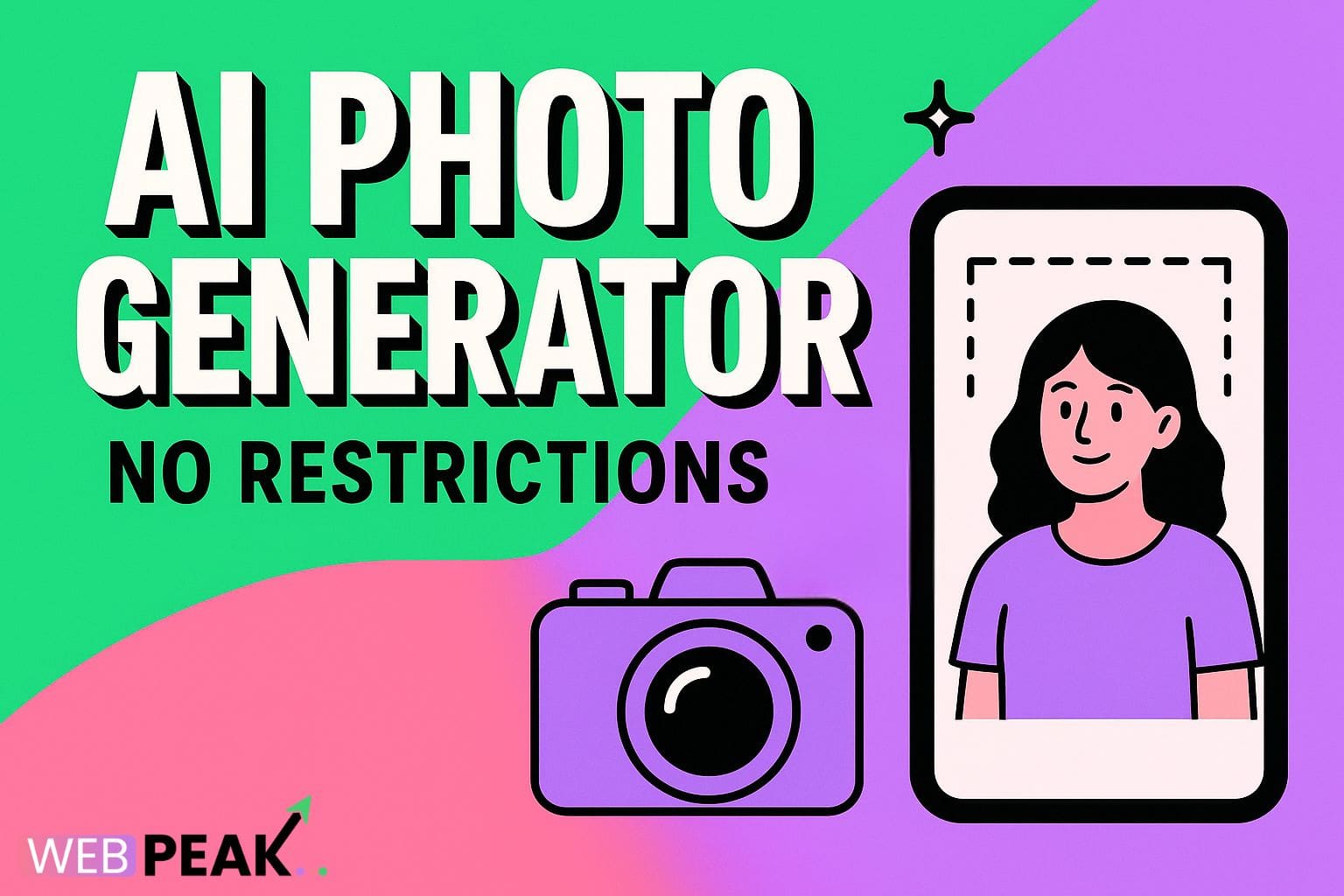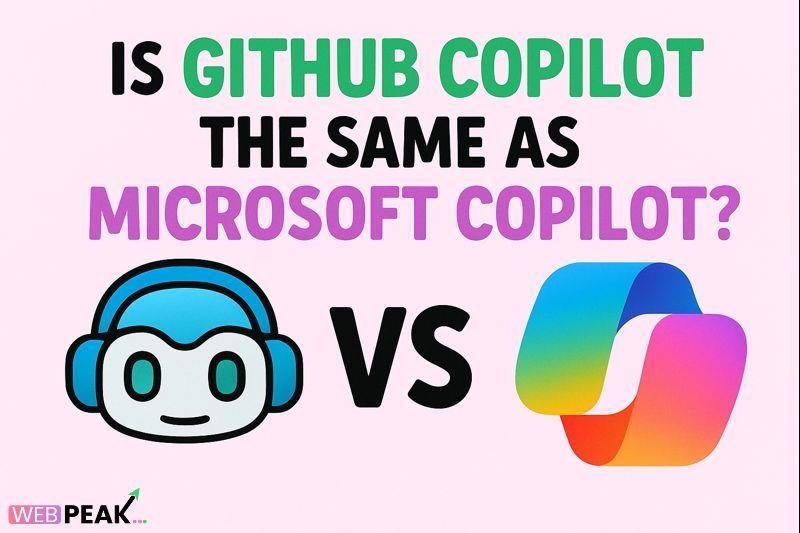Quick Logo Design Tips for Startups
Building a strong brand identity starts with an impactful logo — and for startups, the logo is often the first impression your audience gets. Crafting the right logo can help your business stand out, communicate your vision, and establish trust. In this guide, we’ll explore quick logo design tips for startups that will help you create a logo that’s memorable, professional, and scalable for growth.
Why Logo Design Matters for Startups
A logo is much more than a decorative graphic. It’s the visual foundation of your brand’s identity. For startups, an effective logo:
- Creates instant brand recognition.
- Communicates your company’s personality and values.
- Builds trust and professionalism with potential customers.
- Sets the tone for marketing materials, packaging, and web design.
In competitive markets, a distinctive logo can help differentiate your startup from established competitors. Let’s explore actionable tips to design a logo that truly represents your brand.
1. Understand Your Brand Identity First
Before diving into design tools or fonts, take time to understand your startup’s brand identity. Ask questions like:
- What does my business stand for?
- Who is my target audience?
- What emotions should my logo evoke?
For example, a tech startup may want a clean, minimalist design that conveys innovation, while a lifestyle brand may prefer something warm and expressive. Your logo should reflect your company’s essence in a single glance.
2. Keep It Simple and Memorable
One of the most important logo design tips for startups is simplicity. Complex logos are harder to recognize and reproduce. Think of brands like Apple, Nike, or Twitter — their logos are clean and instantly recognizable.
A simple design ensures your logo looks great across various mediums — from websites and social media to merchandise and print. Focus on clear shapes, minimal color palettes, and scalable elements that retain quality in any size.
3. Choose the Right Colors and Fonts
Colors and typography play a crucial role in brand perception. Each color evokes specific emotions:
- Blue: Trust, professionalism, reliability (popular with tech and finance startups).
- Red: Energy, excitement, passion (great for creative or entertainment brands).
- Green: Growth, freshness, sustainability (ideal for eco-friendly or health-based businesses).
Similarly, your font choice should align with your brand personality. A bold sans-serif conveys strength and innovation, while a script font adds elegance and creativity. Ensure readability and consistency across branding materials.
4. Focus on Scalability and Versatility
A professional logo must look great everywhere — on a website favicon, app icon, business card, or billboard. Design your logo in vector format (using tools like Adobe Illustrator or Figma) to maintain quality across all sizes.
Create variations of your logo:
- Main logo (full color and text)
- Monochrome version (for dark/light backgrounds)
- Icon-only version (for app or profile use)
These variations ensure your logo remains effective and recognizable in all digital and print contexts.
5. Avoid Overused Design Trends
While it’s tempting to follow the latest design fads, they often make your logo look generic. Instead, focus on timeless design principles that won’t age quickly. Avoid stock icons, overly trendy gradients, or overly complex shapes.
Conduct a competitor analysis to ensure your logo stands out. Uniqueness is key to long-term brand recognition and trademark protection.
6. Test Your Logo Across Different Platforms
Once you’ve created a draft logo, test it across various platforms and devices. Check how it appears:
- On mobile screens
- In black and white
- On social media profiles
- Printed on promotional materials
If your logo loses clarity or becomes unrecognizable at small sizes, simplify it further. A great logo maintains its identity everywhere it appears.
7. Use Negative Space Creatively
Clever use of negative space can elevate your design from ordinary to iconic. Think of the FedEx arrow or the hidden bear in the Toblerone logo — these subtle design tricks make logos memorable and distinctive.
Startups can use negative space to add hidden meaning, depth, and sophistication to their logo designs.
8. Align Logo Design with Brand Story
Your logo should tell a story about your startup. Whether it’s a symbol of innovation, sustainability, or creativity, the design must align with your core values. A strong narrative behind the logo can enhance customer connection and recall.
9. Get Feedback and Refine
Before finalizing your design, gather feedback from your target audience, team members, or design professionals. Constructive criticism can reveal flaws or opportunities for improvement you might have missed.
Iterate on the design until it fully resonates with your audience and accurately represents your startup’s vision.
10. Partner with Professionals for the Best Results
While DIY logo tools can be useful, partnering with branding experts or agencies can elevate your design. A professional designer can interpret your brand essence and translate it into a visual masterpiece.
For startups looking to establish a powerful online presence, WEBPEAK offers full-service solutions in Web Development, Digital Marketing, and SEO — ensuring your logo integrates seamlessly with your brand’s digital identity.
SEO Checklist for Logo Design Page Optimization
- Use the main keyword “Quick Logo Design Tips for Startups” in your title, H1, and intro paragraph.
- Include secondary keywords like “startup logo design,” “branding tips,” and “logo creation for new businesses.”
- Optimize image filenames and alt text (e.g., “startup-logo-design-tips.jpg”).
- Write a meta description that summarizes the page within 160–170 characters.
- Add internal links to related topics like “brand identity” or “startup marketing.”
- Ensure your logo images are compressed for fast loading (use WebP format).
- Use schema markup for articles to improve click-through rates in search results.
Common Mistakes to Avoid in Logo Design
- Using too many fonts or colors.
- Ignoring scalability and readability.
- Copying competitors’ logos or design trends.
- Failing to research your target audience.
- Designing without a clear brand strategy.
Best Tools for Logo Design Startups Can Use
Startups can use these tools to simplify the logo design process:
- Canva: Easy-to-use templates for quick customization.
- Adobe Illustrator: Industry-standard software for professional vector logos.
- Figma: Ideal for collaboration and prototyping.
- Looka: AI-powered tool for instant logo generation.
- Hatchful: Free and beginner-friendly logo maker by Shopify.
FAQs on Quick Logo Design Tips for Startups
1. What makes a good startup logo?
A good startup logo is simple, memorable, scalable, and aligned with your brand identity. It should communicate your values clearly and look professional across all platforms.
2. How many colors should a logo have?
Ideally, your logo should have no more than two or three main colors. Too many colors can make it look cluttered and unprofessional.
3. Should I design my own logo or hire a professional?
DIY logo tools are fine for early stages, but hiring a professional ensures originality, versatility, and long-term usability. Professionals understand branding psychology and design trends.
4. What file formats should I have for my logo?
You should have your logo in vector (SVG, AI) and raster (PNG, JPG) formats. Vector files allow scalability without loss of quality, which is crucial for print and digital use.
5. How do I test if my logo is effective?
Test your logo across devices, print materials, and social media. Gather feedback and see if people can recall or associate your logo with your brand after a quick glance.
Final Thoughts
Creating a logo for your startup is one of the most exciting and crucial steps in building your brand. By following these quick logo design tips for startups, you can craft a timeless, impactful identity that grows with your business. Keep it simple, scalable, and aligned with your brand vision — and you’ll have a logo that truly represents your startup’s future.





